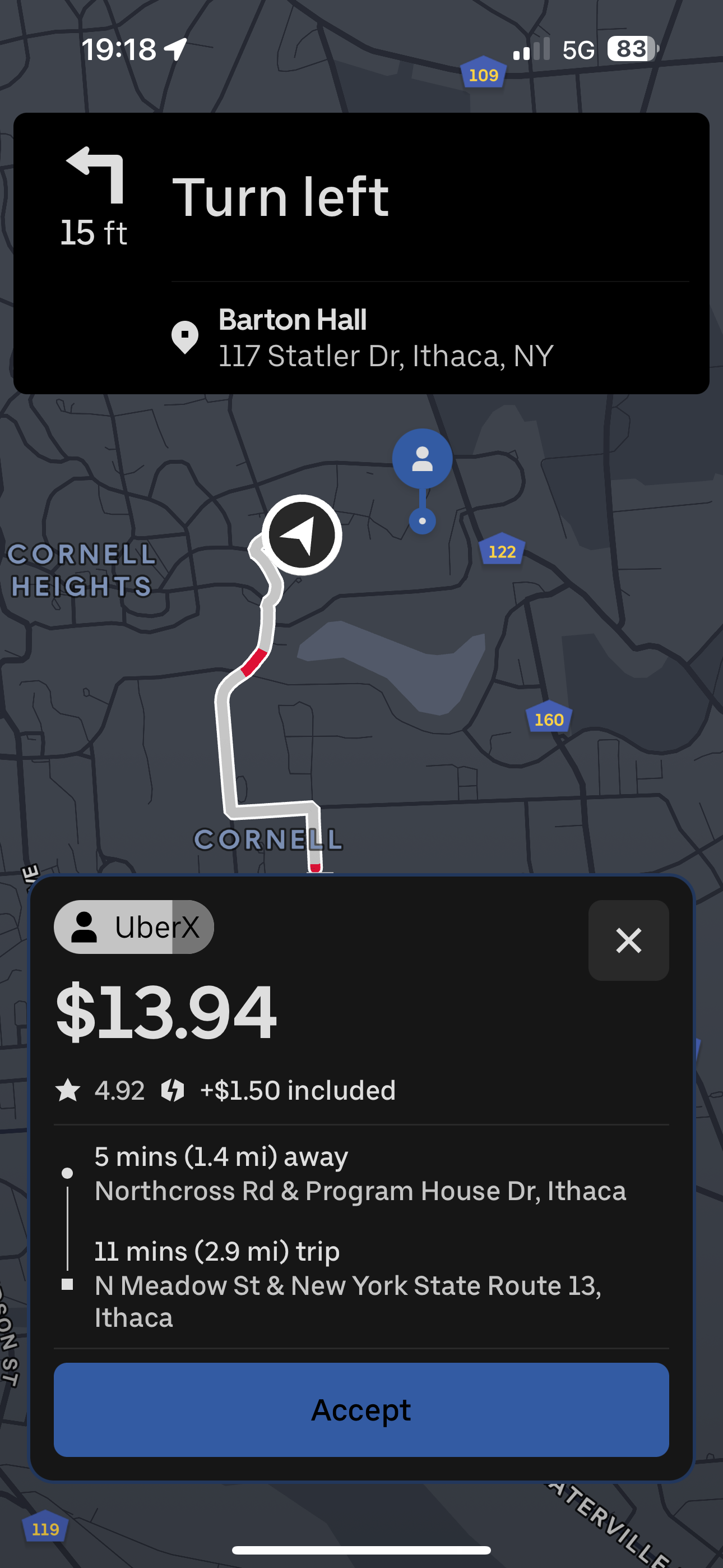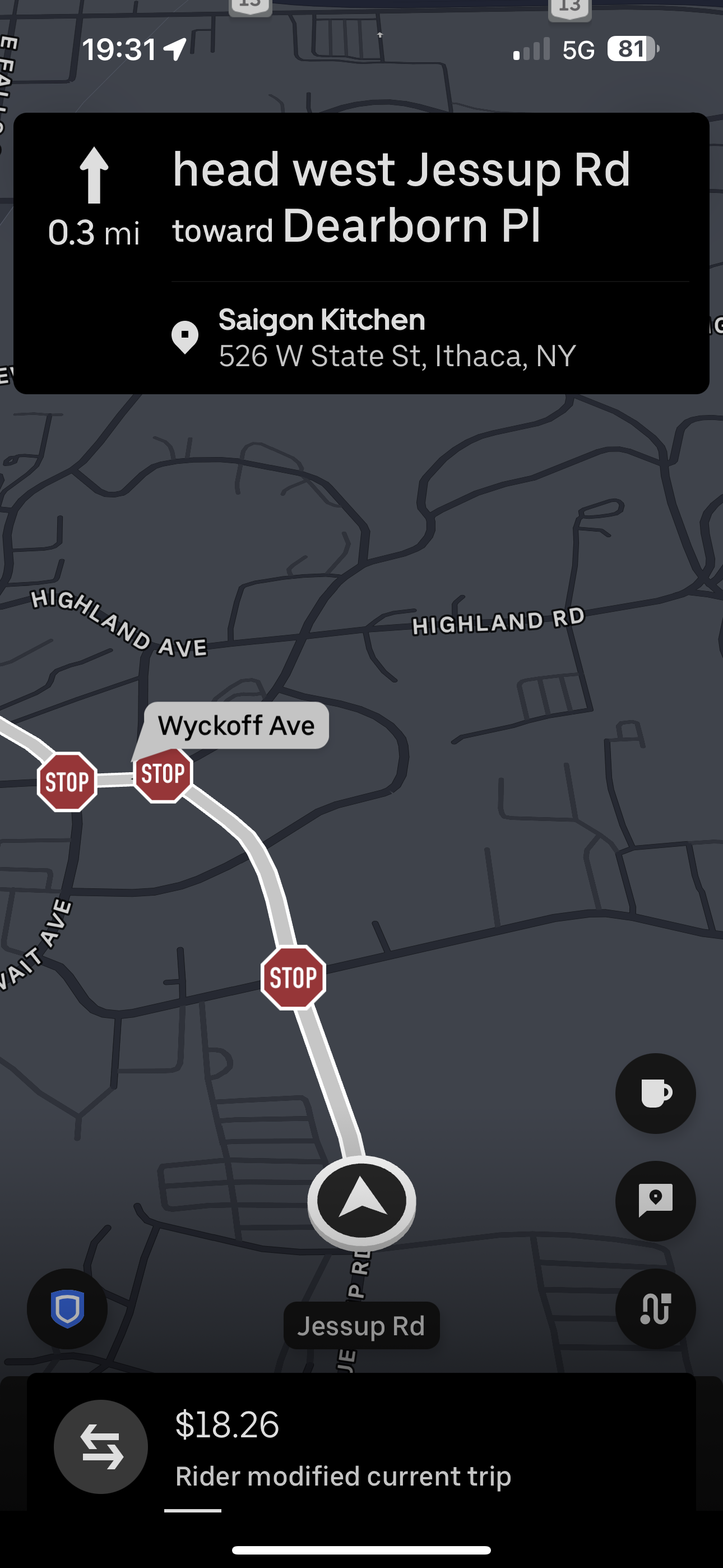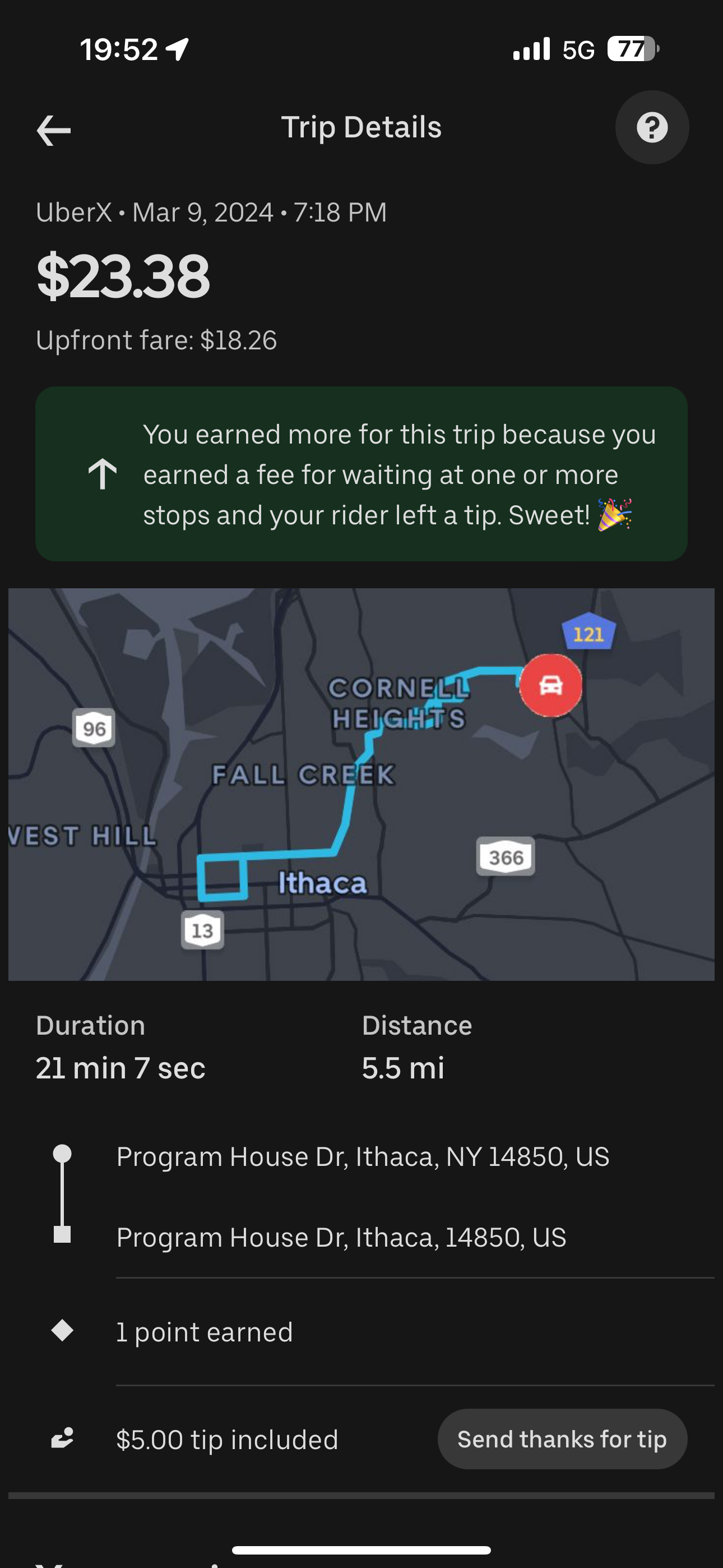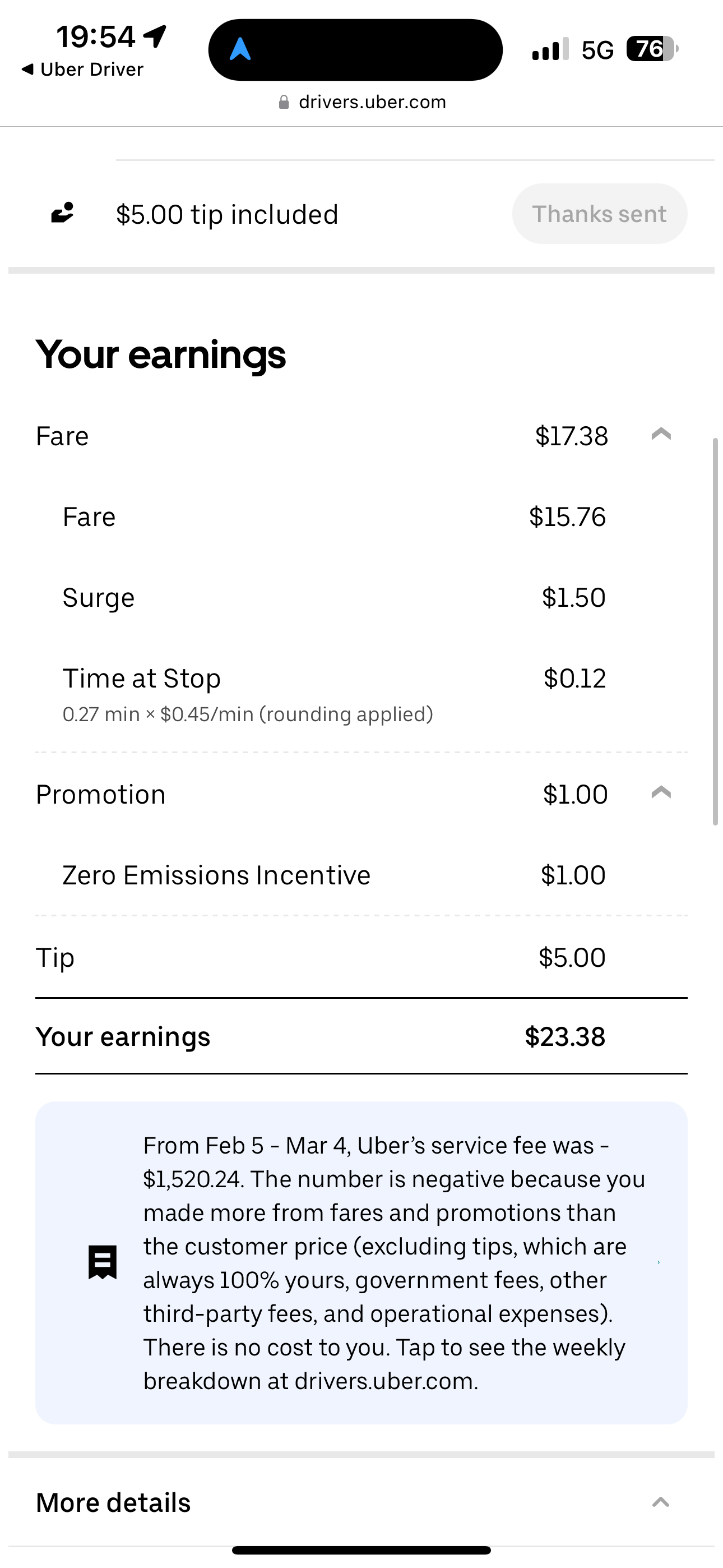The Real Cost of Added Stops in Rideshare: An Uber Driver's Perspective - Daily Drive 24
I accept a ride for $13.94 with a nice little surge of $1.50 attached to it—there's even a $1 EV bonus for driving my trusty Tesla. An 11-minute short trip stood between me and my earnings. Simple, right? But when my passenger decided to add a stop, this simplicity took a sharp left turn.
The unspoken tension between the driver and the app kicks in here. We agree on the service's price. We strategize, picking the most profitable trips—because, ultimately, we're in it to make money. However, when a stop is added, the dynamics change. Suddenly, you're locked into a ride that may not be as profitable as it once seemed.
The moment my passenger added that stop, the game changed. The fare jumped to $18.26, including the surge and bonus. However, the passenger's side of the story is missing from this equation. They paid an extra $10 for the stop, increasing their total to $42.19.
Now, let's talk numbers. The trip went from an 11-minute affair to a 21-minute excursion. My expected earnings increased by 38%, but here's the catch—the journey length increased by 63%. That's a significant discrepancy when you're playing the rideshare game.
Upfront Fare
$13.94 on the app
$11.44 after subtracting surge and EV bonus
11 minutes, 2.9 miles
Adjusted Fare After Atop:
$18.26 on the app
$15.76 after subtracting surge and EV bonus
26 minutes, 6.9 miles
If we're talking hourly wages, I went from $47.28 per hour to $37.48. That's a 20% pay cut for providing the same service with added convenience for the rider. And who's not taking a pay cut? Uber pocketed an excellent $11.94 for its role as the middleman.
These added stops turn rideshare driving into a strategy game where only the platform always wins. Despite the complexity of this game, one thing remains simple—the undervalued effort of drivers. We're on the road, yet our share shrinks with every new decision made without input.
Ending on a high note, the passenger tipped—a rare and much-appreciated gesture in our world of "I'll tip you in the app" promises that often go unfulfilled. This experience prompted the creation of 'Tip You in the App,' a nod to the common promise and shared experience that binds all Uber drivers.
While rideshare companies play a high-stakes game of profits and percentages, we drivers navigate the more human side of the equation. Our cars become vessels of stories, and every passenger leaves an imprint—some deeper than others.
So, here's how to understand the actual cost of flexibility in rideshare driving. Let's continue to share our stories and lift the veil on the realities behind the wheel.
To all the Uber drivers reading this: we're doing this together. Keep driving, keep sharing, and remember, the next time a passenger adds a stop, you're not just taking a detour—you're playing a complex game that might cost more than you bargained for.
Have you had a similar experience with added stops? How do you navigate the economics of rideshare driving? Share your story in the comments, and let's continue the conversation.
Let's make each trip count, not just in dollars and cents, but in our shared human journey.
Be safe! I’m cheering for you!
Levi
Fellow Uber Driver




